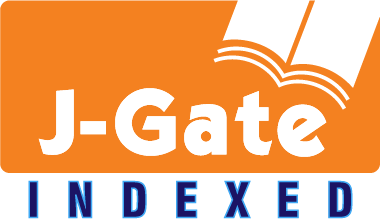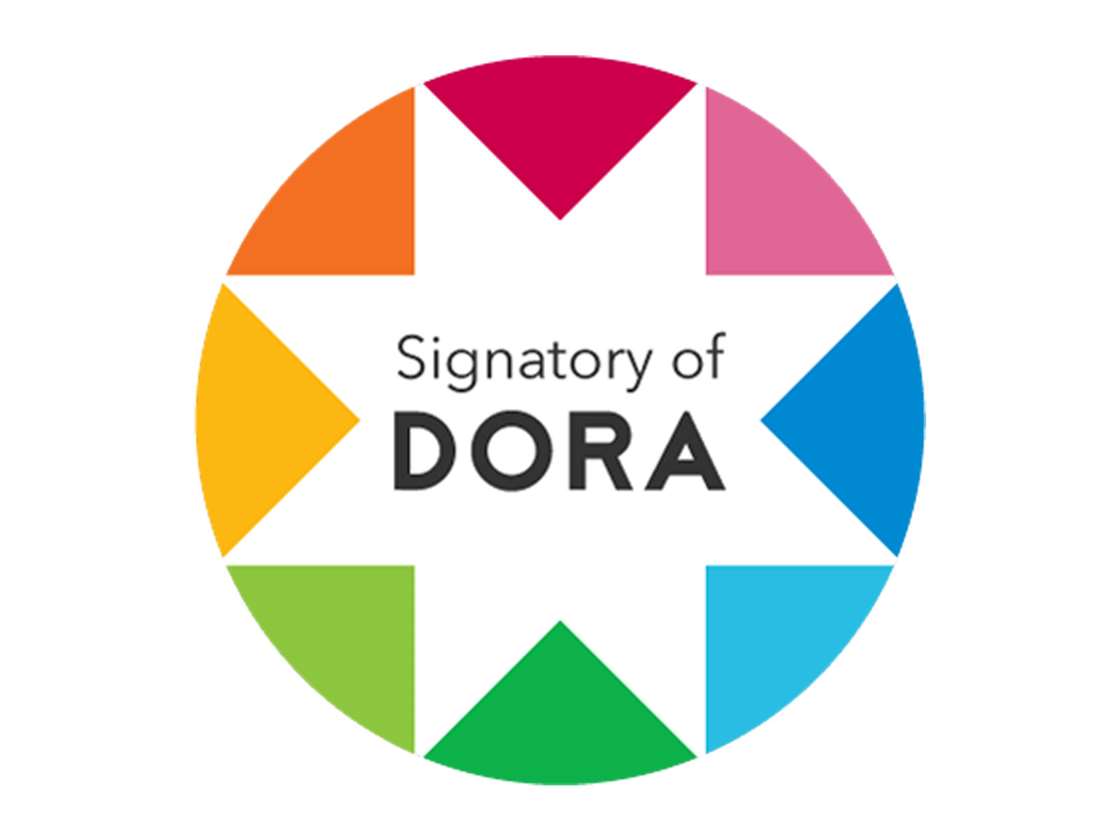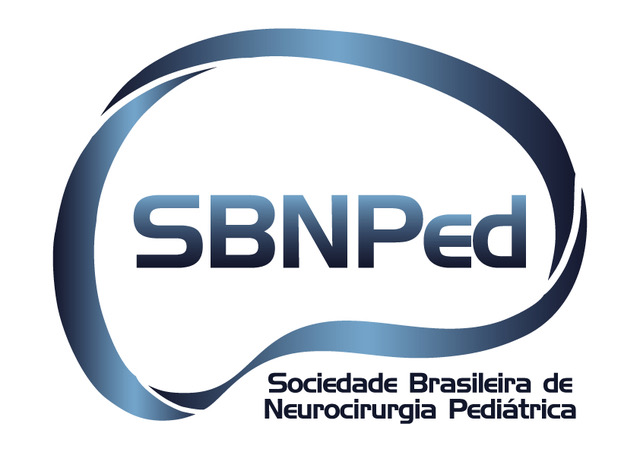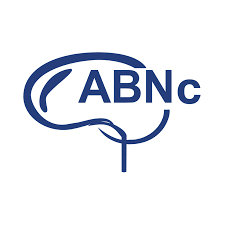Access to Pediatric Neurosurgery in Peru: A Call to Action
DOI:
https://doi.org/10.46900/apn.v7i2.296Keywords:
neurosurgery, pediatric neurosurgery, Global neurosurgeryAbstract
One of the most significant challenges facing pediatric neurosurgery in Peru is the scarcity of subspecialists in this field. With a total of 6,546,000 children under 12 years old in the country, there is a clear need to address these issues through the training of more subspecialists, improvements in infrastructure, and collaboration between the government and healthcare institutions (1,2). In the context of pediatric healthcare, it's crucial to highlight that ninety-three out of every one hundred girls and boys under 12 years old have health insurance regardless of gender. Furthermore, the distribution of health insurance coverage shows differences based on geographical location, reaching 91.7% in urban areas and 95.3% in rural zones (1).
However, even though these data reflect a high level of coverage, it's important to note that possessing health insurance does not automatically guarantee complete and timely access to subspecialized medical care, such as pediatric neurosurgery. In Peru, it is common for patients to face long waiting lists in nationally recognized institutes (3); this situation can have severe consequences for the health and quality of life of children.
According to the Peruvian Medical College, the country has only four specialists accredited in pediatric neurosurgery subspecialty, while twenty specialists have the same recognition in pediatric neurology (4). In terms of the availability of specialists certified by the Peruvian Medical College, a pediatric neurosurgeon can provide care to approximately one million six hundred thousand children, while a pediatric neurologist can attend to around three hundred thousand children. The lack of specialists is alarming as it does not reflect the necessary coverage that specialized pediatric institutes should offer; in the long run, a negative impact on the quality of care required for specialized medical-surgical treatment is expected. It is essential to take steps to increase the training and education of specialists in pediatric neurology in our country, thus ensuring adequate access to medical care for children in need.
Moreover, in many regions of Peru, especially in rural and remote areas, hospitals and medical centers lack the necessary resources to perform highly complex pediatric neurosurgery procedures, necessitating humanitarian aid such as assistance and/or training (5). This lack of resources can significantly limit children's access to proper medical care, often leading to increased suffering and a poorer prognosis for patients.
Access to healthcare in Peru is often linked to geographical location and the economic resources of families (6). Children living in rural areas or coming from low-income families may face significant challenges in accessing quality pediatric neurosurgery services. This creates a disparity in healthcare, where some children may receive timely and high-quality care while others may go unattended.
Another issue affecting pediatric neurosurgery in Peru is the lack of public awareness regarding the importance of this specialty and neurological conditions in children (7,8). The lack of knowledge about warning signs of neurological problems in children can lead to delayed diagnoses and, ultimately, less effective treatment. It is essential to increase public awareness about these issues so that parents and caregivers can seek early medical attention when necessary.
To improve the situation of pediatric neurosurgery in Peru, it is crucial to continue training doctors and specialists in this field. Medicine is constantly evolving, and healthcare professionals must stay at the forefront of the latest techniques and advancements in the field. Continuous training and updating are fundamental to ensure that patients, especially children, receive the most up-to-date and high-quality care (9).
The coordination of healthcare is another critical aspect in managing pediatric neurological conditions. Children requiring neurosurgical care often need long-term follow-up and may require collaboration from different medical specialties. The lack of a well-coordinated care network can hinder the treatment and follow-up process, resulting in fragmented and less effective care.
Pediatric neurosurgery is an essential medical discipline for the well-being of children in Peru. However, it faces significant challenges, including the shortage of specialists, lack of resources in certain areas, unequal access to healthcare, lack of public awareness, and the need for constant training. To enhance care for children with neurosurgical conditions, it is fundamental to address these issues and work collaboratively with authorities to ensure equitable access and quality care throughout the country.
Downloads

Downloads
Published
How to Cite
Issue
Section
License
Copyright (c) 2025 Christian Alexander Yataco Wilcas, Bruno Diaz-Llanes, Luis Alberto Lengua-Vega, Yosimar Coasaca-Tito, Cristian Salazar-Campos

This work is licensed under a Creative Commons Attribution 4.0 International License.

When publishing in Archives of Pediatric Neurosurgery journal, authors retain the copyright of their article and agree to license their work using a Creative Commons Attribution 4.0 International Public License (CC BY 4.0), thereby accepting the terms and conditions of this license (https://creativecommons.org/licenses/by/4.0/legalcode).
The CC BY 4.0 license terms applies to both readers and the publisher and allows them to: share (copy and redistribute in any medium or format) and adapt (remix, transform, and build upon) the article for any purpose, even commercially, provided that appropriate credit is given to the authors and the journal in which the article was published.
Authors grant Archives of Pediatric Neurosurgery the right to first publish the article and identify itself as the original publisher. Under the terms of the CC BY 4.0 license, authors allow the journal to distribute the article in third party databases, as long as its original authors and citation details are identified.





























